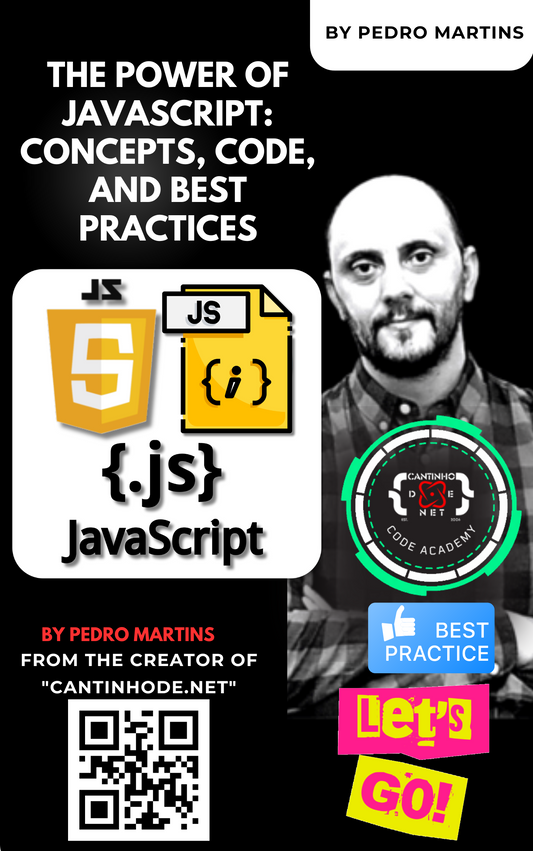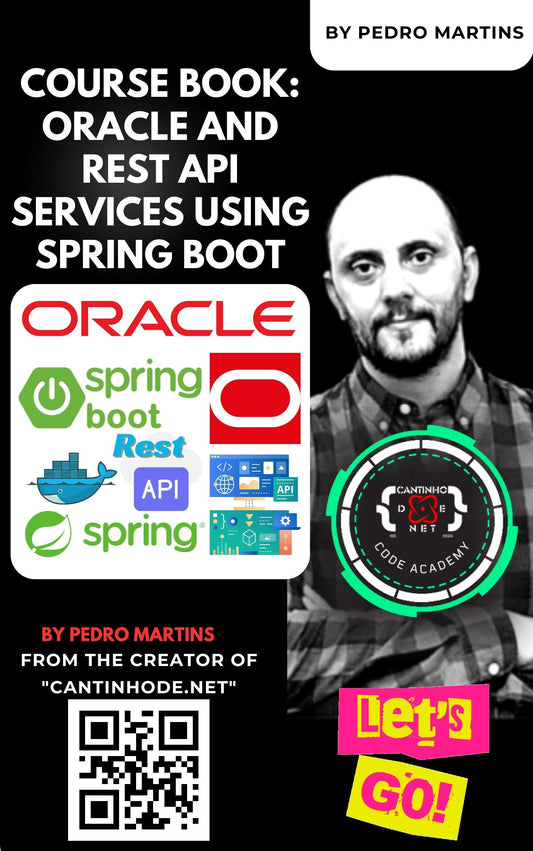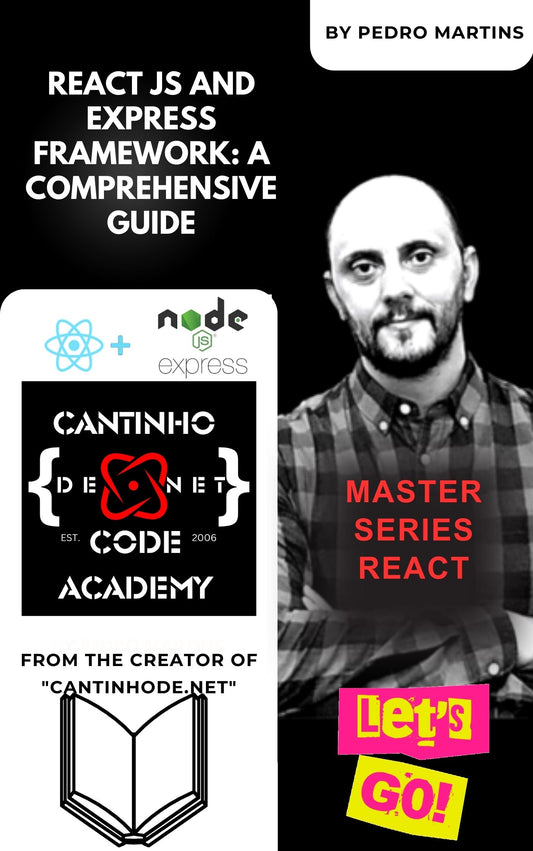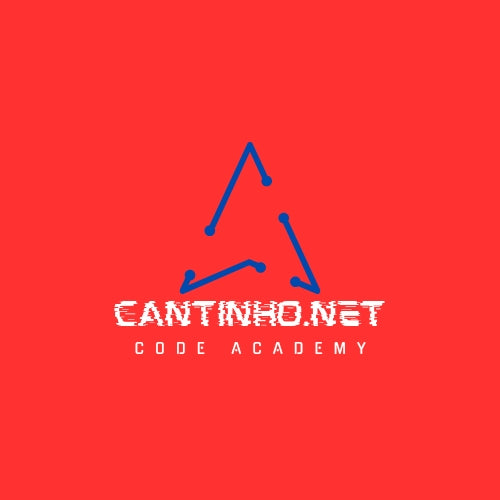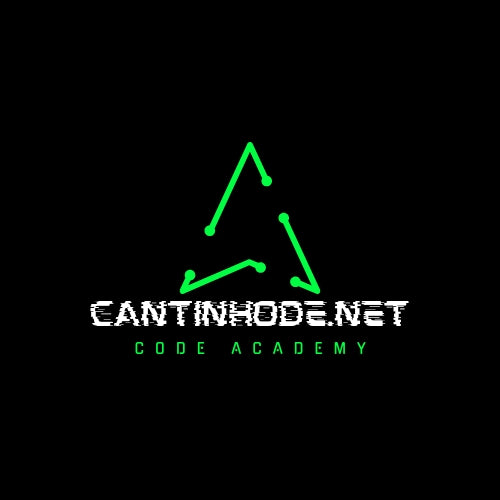How to Create Your First React Application: A Beginner’s Guide
Embarking on the journey of building a React application is an exciting venture for developers of any level. From setting up your development environment to deploying your first React components, the process involves a series of structured steps. This guide aims to offer a clear and straightforward path for anyone looking to develop a basic React application. Whether you are just starting out or have some experience under your belt, follow this roadmap to successfully create and launch your React app.
Setting Up Your Development Environment
The first step in your React development journey is to prepare your environment. This foundational setup is crucial and will support all your React application development efforts.
Install Node.js
React applications rely on Node.js for server-side logic and npm (Node Package Manager) for managing dependencies. Make sure you have Node.js installed by downloading it from nodejs.org.
Use Create React App
For a smooth start without the hassles of configuration, turn to Create React App. This tool provides a new project with a default setup that’s ready to go. To create your application, run:
npx create-react-app my-react-app
Navigate and Start
After creating your app, move to the app folder (cd my-react-app) and start the development server with npm start. This will launch your app in development mode, accessible in your web browser and equipped with live reloading.
Understanding the Structure of Your React App
Get acquainted with the typical structure of a React application:
- public/index.html: The single HTML file serving as your app’s entry point.
- src/index.js: The JavaScript entry point, where ReactDOM is used to render your app’s components.
- src/App.js: A sample React component that forms the core of your application.
Writing Your First React Component
The essence of React is its components, which can be either class-based or functional. The modern best practice is to use functional components with hooks for their simplicity and power.
Here’s how you can create a simple HelloWorld component:
import React from 'react'; function HelloWorld() { return <h1>Hello, world!</h1>; } export default HelloWorld;
Incorporating Components into Your Application
Integrate your HelloWorld component into the app by modifying src/App.js to render it:
import React from 'react'; import HelloWorld from './HelloWorld'; // Make sure the path is correct function App() { return ( <div> <HelloWorld /> </div> ); } export default App;
Expanding Your Application
The process of building a React app involves creating and assembling various components. Enhance your application by adding more components, passing data through props, and managing state with hooks like useState and useEffect.
Beyond the Basics
This guide provides a primer on the basics of React development. To further your knowledge and skills, consider these resources:
- React Documentation: Visit reactjs.org for detailed tutorials, guides, and API references.
- Online Learning Platforms: Explore beginner to advanced React courses on Coursera, Udemy, and freeCodeCamp.
- Community Engagement: Connect with other React developers through forums, Discord channels, and social media to exchange knowledge and gain support.
React’s flexibility makes it a powerful library for crafting dynamic user interfaces. With dedication and continuous learning, you can use React to develop everything from simple widgets to comprehensive, large-scale applications.


